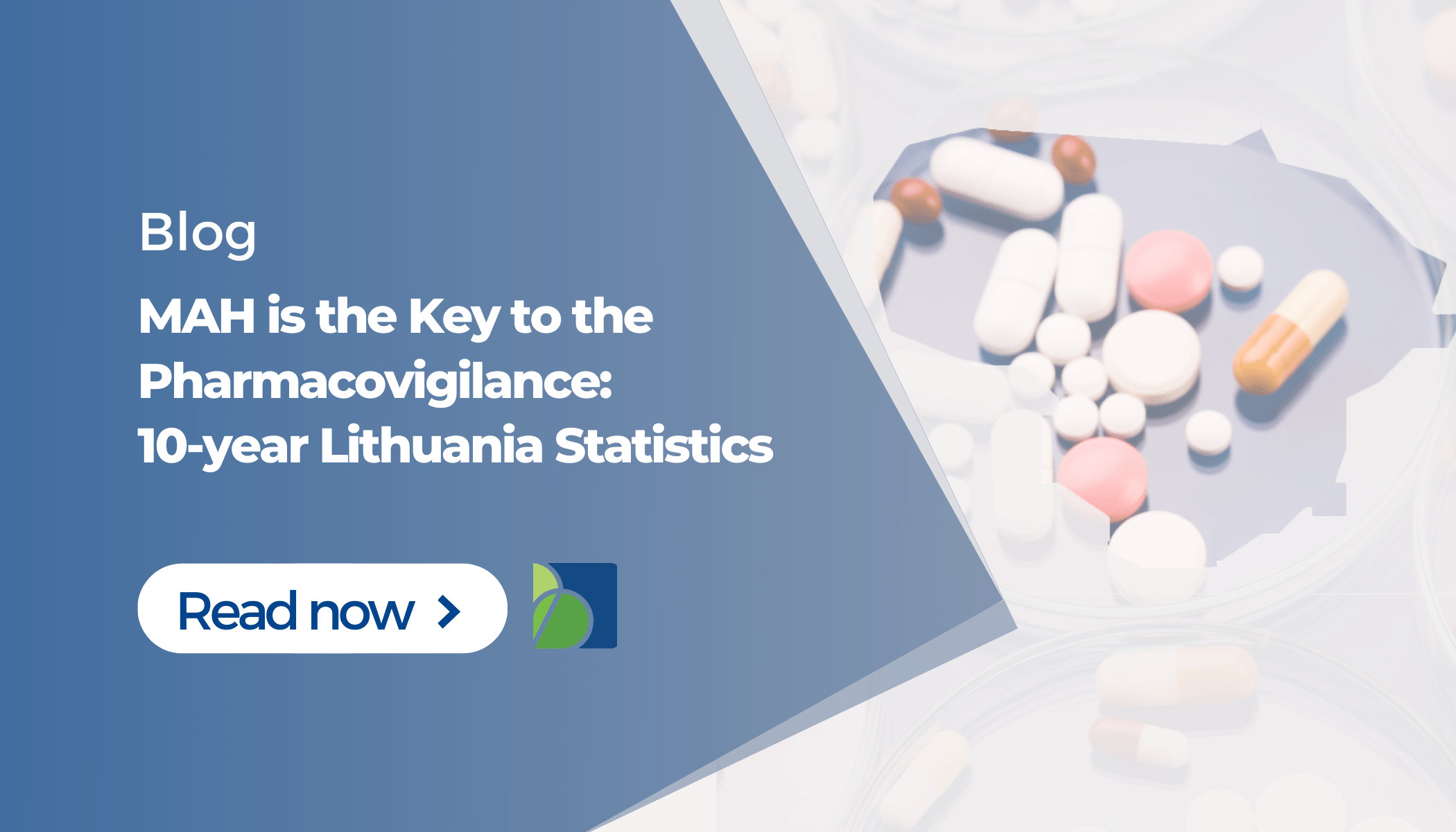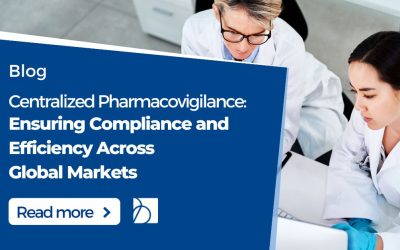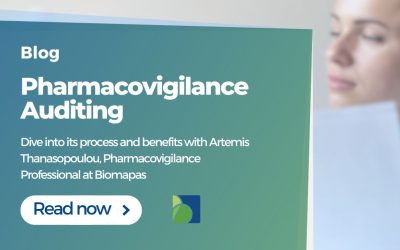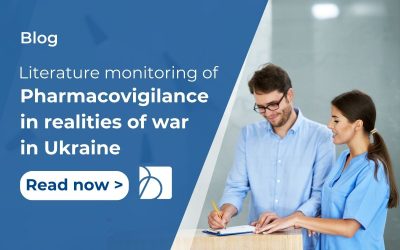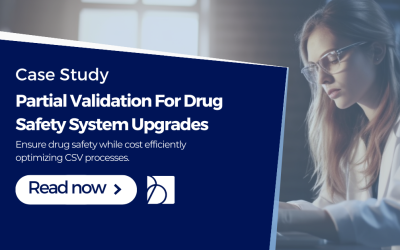Even though the drug safety and reporting of the adverse effects is the responsibility of all Health Care Providers (HCP), pharmacists and patients, statistics show that the one in charge is Marketing Authorization Holder (MAH).
During the National semi-annual conference „Pharmaceutical News“ in Lithuania, State Medicines Control Agency representative delivered a presentation on the statistics of suspected adverse drug reaction (ADR) reporting in Lithuania (1).
As it is seen from the statistics below, up until 2013, there were no reports from patients to the Competent Authority of Lithuania (CA), and only after various campaigns, the emergence of an online reporting system and active encouragement from the Health Care Providers these numbers started to grow slowly. Similar tendencies are seen in all EU member countries, where reporting of ADRs by patients has doubled from 2014 to 2018, and in Lithuania, the numbers have grown six-times (2).
From the numbers, we see that Health Care Providers are the runners-up to MAHs, and only in 2011 have managed to report more ADRs than the MAH, but in the last couple of years difference between the two has grown 5 times. During last year, MAH reports took about 61% of all the cases and the year before it was 70% (1).
In Lithuania, pharmacists have the least impact on pharmacovigilance. Compared by a year or by the total number, they still take the last place in ADR reporting. CA’s statistics show that there is no pattern and no increase in the reports like in the other groups (1).

In comparison to other Baltic countries, Lithuania is the leader in pharmacovigilance. Even in 2011, when patients did not report any ADRs, there were 557 reports received, on the other hand, in Estonia and Latvia, there were quite less, 120 and 306 respectively. In later years, e.g. 2016 Estonia had 257 reported cases to the CA, Latvia 341, but Lithuania again had the most reports 705 ADRs, twice more than Latvia or Estonia (3,4).
Even though Lithuania is leading in the three Baltic countries, there is room to grow. For example, Norway, which has around twice the population, in 2018 had reported 5623 ADRs to the NoMA, 4 times more than Lithuania reported in the same year (5).
We can see that the Lithuanian pharmacovigilance system is moving to the right direction, but HCP, pharmacists and patients together play only a small part compared to MAHs. Despite, ADR’s numbers are growing and due to strong promotion, we might expect other groups to catch up or even outrun MAH in the future.
If you want to get more information about pharmacovigilance in the Baltic states, contact us!
Simona Adomaviciute, MPharm
Pharmacovigilance Assistant
Biomapas
References:
- State Medicines Control Agency (VVKT).
- Report on Pharmacovigilance tasks from EU Member States and the European Medicines Agency (EMA), 2015- 2018. EMA, 2019 December.
- Republic of Estonia Agency of Medicines. Statistical Yearbook of the State Agency of Medicines 2017.
- State Agency of Medicines Republic of Latvia. Reporting Adverse Drug reactions.
- Vaismoradi M, Logan PA, Jordan S, Sletvold H. Adverse Drug Reactions in Norway: A Systematic Review. Pharmacy. 2019 September.




